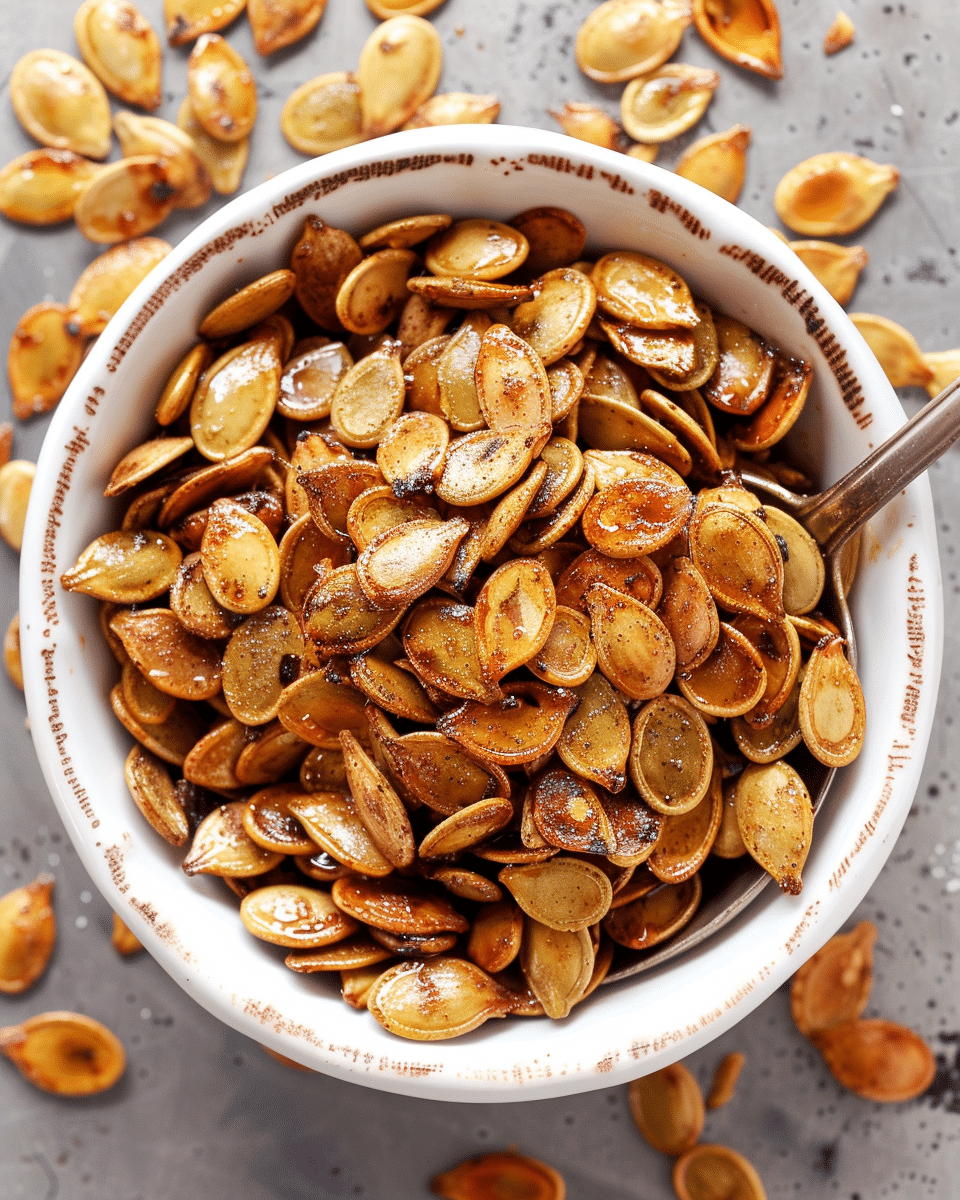Salmon, with its rich flavor and numerous health benefits, has always been a favorite among seafood enthusiasts. But the question that often arises is, “Can I eat frozen salmon raw?” This article aims to shed light on this intriguing topic, combining scientific insights with culinary expertise.
Can I Eat Frozen Salmon Raw? – A Deep Dive
Salmon, with its distinctive pink hue and rich, buttery flavor, has long been a staple in many culinary traditions. Its versatility is evident in the myriad of ways it can be prepared, from grilling to baking. However, the allure of raw salmon, especially when frozen, has sparked curiosity and debate. Let’s delve deeper into this subject.
Why People Love Raw Salmon
The allure of raw salmon lies in its unique culinary experience. When consumed raw:
- Texture: Raw salmon has a silky, melt-in-the-mouth texture that’s distinct from its cooked counterpart. This softness is often contrasted with crisp ingredients in dishes, creating a delightful palate experience.
- Flavor: The natural flavors of salmon shine through when it’s raw. Its subtle, fresh taste, often enhanced with a dash of soy sauce or a hint of wasabi, is a treat for the taste buds.
- Tradition: Dishes like sushi and sashimi, which prominently feature raw salmon, have a rich cultural and culinary history. For many, eating raw salmon is not just about taste but also about partaking in a tradition.
The Process of Freezing Salmon
Understanding the freezing process is crucial when considering the consumption of raw frozen salmon:
- Killing Parasites: Freezing salmon at specific temperatures can effectively kill parasites, which are a primary concern when consuming raw fish. This makes frozen salmon potentially safer for raw consumption than fresh salmon.
- Preservation: Freezing preserves the salmon, extending its shelf life. This means that the fish can be caught, frozen immediately, and then consumed much later, all while retaining its freshness and flavor.
- Texture Maintenance: Proper freezing ensures that the salmon’s texture remains intact. Rapid freezing methods, like flash freezing, are employed to prevent the formation of large ice crystals, which can damage the fish’s cellular structure.
Benefits of Eating Raw Salmon
Consuming raw salmon isn’t just a gastronomic delight; it also offers several health benefits:
- Nutrient Retention: Cooking can sometimes lead to the loss of certain nutrients. Eating salmon raw ensures that you get the maximum nutritional benefits, especially the delicate omega-3 fatty acids which are known for their heart-healthy properties.
- High Protein: Salmon is a great source of high-quality protein, essential for muscle maintenance, healing, and overall health.
- Vitamins and Minerals: Raw salmon is packed with vitamins like B12, D, and selenium. These play crucial roles in bone health, metabolic function, and thyroid support.
In summary, while the idea of eating frozen salmon raw might be enticing, it’s essential to ensure its quality and safety. When sourced, stored, and handled correctly, raw salmon can be a delightful and nutritious treat. Always prioritize safety and enjoy the unique experience that raw salmon offers.
Safety Concerns with Raw Salmon
Diving into the world of culinary delights, raw salmon stands out as a favorite for many. Its delicate texture and rich flavor make it a sought-after ingredient in dishes like sushi and sashimi. However, as with many raw foods, there are safety concerns to consider.
Parasites and Bacteria: The Hidden Threat
One of the primary apprehensions when indulging in raw salmon is the potential presence of parasites and harmful bacteria. Salmon, like other fish, can harbor parasites such as tapeworms and roundworms. Ingesting these can lead to health complications. Furthermore, harmful bacteria like Listeria and Salmonella might also be lurking in raw salmon, posing risks of foodborne illnesses.
Proper Storage Techniques for Salmon
To mitigate the risks associated with bacteria, it’s vital to store salmon correctly. Raw salmon should be refrigerated at temperatures below 32°F (0°C) and ideally consumed within two days of purchase. For longer storage, freezing is recommended. It’s also crucial to prevent cross-contamination by keeping raw salmon separate from cooked or ready-to-eat foods.
Signs of Spoiled Salmon
Being able to identify spoiled salmon is essential for safety. If the fish emits a pungent or ammonia-like smell, it’s a sign that it’s past its prime. A slimy texture or any discoloration on the salmon’s surface are also indicators of spoilage. When in doubt, it’s always safer to discard questionable salmon.
In essence, while the allure of raw salmon is undeniable, it’s imperative to approach its consumption with caution. Being informed and practicing safe handling can ensure that you savor its taste without compromising on health.
Sushi and Sashimi: The Culinary Art of Raw Salmon
Sushi and sashimi, two iconic dishes from Japanese cuisine, have taken the world by storm. At the heart of these delicacies often lies the star ingredient: raw salmon. The allure of its buttery texture and delicate flavor has made it a favorite among seafood aficionados worldwide. But what makes these dishes so special, and how did raw salmon become such an integral part of them?
Traditional Preparation Methods
The art of sushi and sashimi is steeped in tradition. Sushi, which translates to “sour-tasting,” originally referred to fermented fish preserved with rice. Over time, the preparation evolved, and the fish began to be served with vinegared rice, leading to the sushi we know today. Sashimi, on the other hand, is a simpler dish, focusing solely on the fish’s purity. Thinly sliced and served without rice, sashimi showcases the fish’s natural flavors.
The Importance of Freshness in Sushi
Freshness is paramount when it comes to sushi and sashimi. Given that the fish is consumed raw, it needs to be of the highest quality. Salmon, in particular, is prized for its rich, fatty texture, making it a popular choice. The vibrant orange hue of fresh salmon not only adds a splash of color to the plate but also promises a melt-in-the-mouth experience.
In Japan, chefs go to great lengths to source the freshest fish. Many visit local fish markets daily, selecting the best cuts personally. This dedication to quality ensures that the salmon’s natural flavors shine through, unmasked by heavy sauces or seasonings.
The Role of Raw Salmon in Global Cuisine
While sushi and sashimi have their roots in Japan, their popularity has led to a global culinary movement. Raw salmon dishes, inspired by these traditional preparations, can now be found in restaurants worldwide. From poke bowls in Hawaii to salmon tartare in France, the world has embraced raw salmon with open arms.
Health Benefits and Risks of Consuming Salmon
Salmon, a staple in many diets worldwide, is often lauded for its health benefits. Rich in essential nutrients and known for its heart-healthy properties, it’s a favorite among nutritionists and food enthusiasts alike. However, as with many foods, there are both benefits and risks associated with its consumption, especially when eaten raw.
Health Benefits
- Omega-3 Fatty Acids: One of the primary reasons salmon is celebrated in the health community is its high content of omega-3 fatty acids. These essential fats are known to reduce inflammation, lower blood pressure, and decrease the risk of heart disease.
- High-Quality Protein: Salmon is an excellent source of protein, which is vital for muscle health, healing, and overall body maintenance.
- Vitamins and Minerals: Salmon is rich in several essential vitamins and minerals, including vitamin B12, vitamin D, selenium, and iodine. These play crucial roles in energy production, bone health, and thyroid function.
- Antioxidant Boost: Astaxanthin, a compound found in salmon, has antioxidant properties that can reduce the risk of heart disease by improving cholesterol and reducing oxidative stress.
Risks
- Mercury Levels: While salmon generally has lower mercury levels compared to other fish, it’s still essential to be cautious. Consuming high amounts of mercury can lead to neurological and developmental problems, especially in children and pregnant women.
- Parasites and Bacteria: Especially when consumed raw, salmon can carry harmful parasites and bacteria. Proper handling, storage, and preparation can mitigate these risks, but they cannot be entirely eliminated.
- Farmed vs. Wild-Caught: There’s an ongoing debate about the health implications of farmed versus wild-caught salmon. Farmed salmon might contain higher levels of contaminants and be fed a diet that results in a different nutritional profile than wild-caught salmon.
- Allergies: Some individuals might be allergic to salmon or other fish. Symptoms can range from mild hives or a stuffy nose to more severe reactions, including anaphylaxis.
Guidelines for Consuming Raw Salmon
Eating raw salmon can be a delightful culinary experience, but it’s essential to approach it with caution to ensure safety and enjoy the best flavors. Here are some guidelines to consider when consuming raw salmon:
1. Source Matters
- Sushi-Grade Salmon: Always opt for salmon labeled as “sushi-grade” or “sashimi-grade” when planning to eat it raw. These labels indicate that the fish has been frozen to a specific temperature to kill potential parasites.
- Reputable Suppliers: Purchase raw salmon from reputable suppliers or specialty seafood markets. They are more likely to adhere to strict safety standards.
2. Freshness is Key
- Appearance: Fresh salmon should have a vibrant color, be it pink, red, or orange, depending on the variety. It should also appear moist but not slimy.
- Smell: Fresh salmon should have a mild ocean or seawater smell. A strong fishy odor can be a sign of spoilage.
3. Proper Storage
- Refrigeration: If you’re not consuming the salmon immediately, store it in the coldest part of your refrigerator, preferably on ice.
- Freezing: If you plan to store the salmon for an extended period, ensure it’s wrapped tightly in plastic wrap or aluminum foil and placed in a freezer bag. This helps prevent freezer burn and retains the fish’s quality.
4. Thawing Safely
- Refrigerator Thawing: The safest way to thaw frozen salmon is in the refrigerator. It ensures the salmon remains at a safe temperature throughout the thawing process.
- Avoid Room Temperature: Never thaw salmon at room temperature, as this can allow bacteria to multiply rapidly.
5. Cross-Contamination
- Separate Cutting Boards: Use a separate cutting board for raw salmon and other foods to prevent cross-contamination.
- Wash Hands and Utensils: After handling raw salmon, wash your hands, knives, and countertops with hot soapy water.
6. Consumption Timing
- Eat Promptly: Once you’ve prepared your raw salmon dish, whether it’s sushi, sashimi, or a poke bowl, consume it promptly. Raw salmon, like all raw seafood, is perishable and best enjoyed fresh.
7. Vulnerable Populations
- Exercise Caution: Pregnant women, young children, the elderly, and individuals with weakened immune systems should exercise caution when consuming raw foods, including salmon. They are at a higher risk of infections from potential pathogens.
FAQs
Can I eat frozen fish raw? Yes, if it’s labeled “sushi-grade” or has been frozen to kill parasites. Ensure it’s from a reputable source and thawed properly before consumption.
Why is frozen salmon cheaper than fresh? Frozen salmon can be stored and transported more easily, reducing costs. Fresh salmon requires rapid transport and has a shorter shelf life, increasing its price.
When should you not eat frozen salmon? Avoid eating frozen salmon if it has a strong fishy odor, shows signs of freezer burn, has been stored too long, or if its packaging is damaged.
Does frozen salmon taste ok? Yes, when properly stored and thawed, frozen salmon retains much of its flavor and texture, making it a tasty option for various dishes.
Conclusion: To Eat or Not to Eat Raw Salmon
The debate surrounding the consumption of raw salmon is multifaceted, intertwining culinary traditions, health benefits, and potential risks. On one hand, raw salmon offers a unique gastronomic experience, celebrated in dishes like sushi and sashimi, and is packed with nutrients that are beneficial for our health. On the other hand, there are undeniable risks associated with consuming any raw seafood, including the potential for parasites and bacterial contamination.
The decision to eat raw salmon is a personal one. For those who prioritize the sensory experience and nutritional benefits, the allure of raw salmon might outweigh the potential risks. These individuals often take precautions, such as sourcing their salmon from reputable suppliers, ensuring it’s labeled as “sushi-grade,” and following proper storage and handling practices.
However, for those with compromised immune systems, pregnant women, young children, and the elderly, the risks might be too significant to ignore. For these groups, the potential health complications can be severe, making the consumption of cooked salmon a safer choice.
In the end, the decision to eat or not to eat raw salmon boils down to individual preferences, health considerations, and risk tolerance. It’s essential to be informed, understand both the benefits and risks, and make choices that align with one’s comfort level and health needs. Whether you savor the delicate flavors of raw salmon or prefer it grilled, baked, or smoked, salmon remains a versatile and nutritious food choice.








